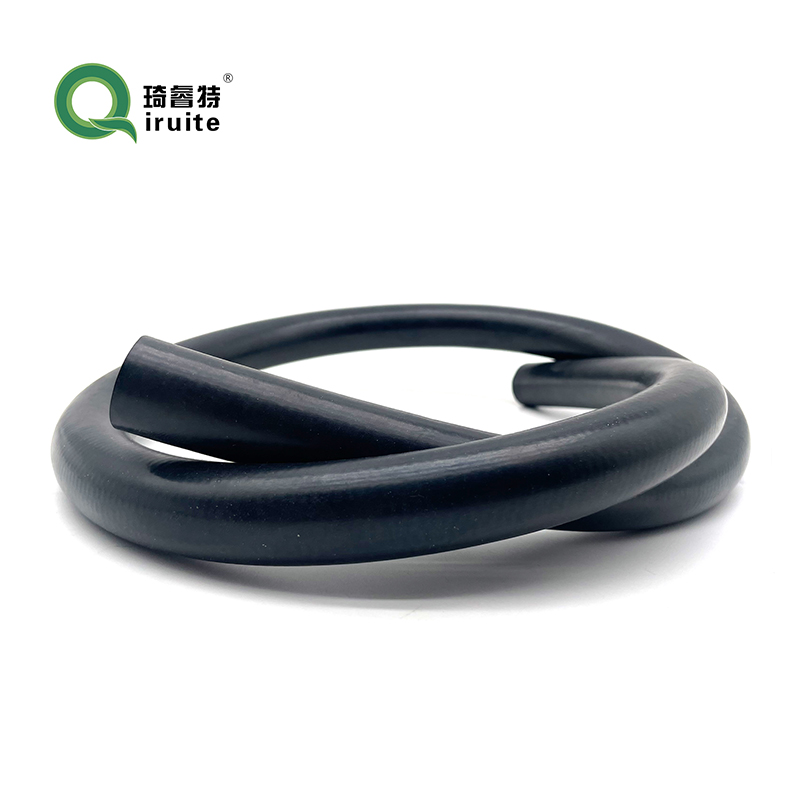Durable Concrete Pipe Couplings for Efficient Water Management and Infrastructure Solutions
The Importance of Concrete Pipe Couplings in Infrastructure
Concrete pipe couplings are crucial components in the construction and maintenance of various infrastructure systems, including drainage, sewerage, and water supply networks. These couplings serve as connectors between sections of concrete pipes, ensuring a tight seal that prevents leakage and allows for the safe and efficient flow of fluids. Understanding the importance of concrete pipe couplings and their applications can provide insights into their role in modern infrastructure.
Functionality of Concrete Pipe Couplings
The primary function of concrete pipe couplings is to connect two or more sections of concrete pipe in a way that maintains structural integrity and prevents the ingress of soil or debris into the pipeline. These couplings are typically designed to accommodate slight movements and misalignments caused by ground shifts, temperature changes, and other environmental factors. This flexibility is vital for the longevity and stability of piping systems, especially in regions prone to seismic activity or soil erosion.
Concrete pipe couplings come in various designs and materials, including rubber gaskets, metallic clamps, and specialized adhesives, allowing for versatility across different applications. The correct coupling type is selected based on the specific requirements of the project, including the diameter of the pipes, the nature of the fluid being transported, and environmental conditions.
Applications in Infrastructure
Concrete pipe couplings find extensive use in several infrastructure applications. In sewage systems, for instance, these couplings prevent the escape of wastewater into the surrounding environment, helping to protect public health and maintain sanitation. In stormwater management, they ensure the efficient movement of rainwater and runoff, reducing the risk of flooding.
concrete pipe coupling

Additionally, concrete pipe couplings are integral to potable water supply systems
. They help maintain the pressure required for transporting drinking water over long distances and ensure that the water remains uncontaminated. Accurate installation of these couplings is crucial, as any leaks can lead to water loss and diminished supply.The transportation of industrial fluids, such as chemicals and waste products, also relies on concrete pipe couplings. Here, the integrity of the coupling becomes paramount to mitigate risks associated with spills, which can result in environmental damage. Therefore, selecting high-quality couplings that meet industry standards is essential in these applications.
Maintenance and Best Practices
Regular maintenance is vital to ensure that concrete pipe couplings perform optimally over time. Inspections should be conducted periodically to check for signs of wear, corrosion, or damage, particularly in areas prone to environmental stress. Addressing these issues before they escalate can prevent costly repairs and extend the lifespan of the pipeline system.
When installing concrete pipe couplings, following manufacturer guidelines and best practices is essential. Ensuring proper alignment, adequate sealing, and using the right tools can make a significant difference in the reliability and functioning of the entire pipeline network. Furthermore, collaboration with experienced professionals during installation can enhance the overall quality of the work.
Conclusion
In conclusion, concrete pipe couplings play a pivotal role in maintaining the integrity and functionality of various infrastructure systems. Their ability to provide secure connections, prevent leaks, and accommodate environmental changes ensures the efficient transport of fluids across numerous applications. As infrastructure demands continue to grow, the importance of high-quality concrete pipe couplings remains paramount, emphasizing the need for proper installation, maintenance, and selection of suitable products to ensure long-lasting performance. Investing in these crucial components helps protect public health, safeguards the environment, and contributes to the durability of our infrastructure.
-
Ultimate Spiral Protection for Hoses & CablesNewsJun.26,2025
-
The Ultimate Quick-Connect Solutions for Every NeedNewsJun.26,2025
-
SAE J1401 Brake Hose: Reliable Choice for Safe BrakingNewsJun.26,2025
-
Reliable J2064 A/C Hoses for Real-World Cooling NeedsNewsJun.26,2025
-
Heavy-Duty Sewer Jetting Hoses Built to LastNewsJun.26,2025
-
Fix Power Steering Tube Leaks Fast – Durable & Affordable SolutionNewsJun.26,2025

